Is Your Skin Congested?
Have you noticed your skin looking dull, clogged pores, and uneven texture? These are common signs of congested skin that your skin might be congested. But what exactly does skin congestion mean, and how can you effectively treat it? In this blog, we will explore the concept of skin congestion, its causes, treatment options, and the types of skincare and dietary changes needed to restore your skin’s natural radiance.
Skin congestion occurs when pores become clogged with excess oil, dead skin cells, dirt, and other impurities. This blockage can lead to the appearance of blackheads, whiteheads, and an overall dull, uneven skin texture. Unlike acne, which is characterized by inflamed pimples and cysts, skin congestion may not always be inflamed but can still give your skin a bumpy, congested skin appearance.
Do You Have Skin Congestion? 7 Signs of Congested Skin To Look For
Skin appears dull and tired, lacking the natural glow and radiance of healthy skin. This is often due to a buildup of dead skin cells and impurities on the skin's surface, preventing light from reflecting evenly.
- Dullness
- Description: Skin appears lackluster and tired, lacking the natural glow and radiance of healthy skin. This is often due to a buildup of dead skin cells and impurities on the skin's surface, preventing light from reflecting evenly.
- Description: Pores become visibly clogged with oil, dirt, and dead skin cells, leading to the formation of blackheads and whiteheads. Clogged pores often appear as small bumps on the skin and can make the texture feel rough and uneven.
- Uneven Texture
- Description: The skin feels rough and bumpy to the touch, rather than smooth and soft. This uneven texture is usually a result of clogged pores and a buildup of dead skin cells, which create an irregular surface.
- Blackheads
- Description: Small, dark spots that appear on the skin, particularly on the nose, chin, and forehead. Blackheads are caused by clogged pores filled with oil and dead skin cells that have oxidized, turning black when exposed to air.
- Whiteheads
- Description: Small, white bumps that form when pores are clogged with oil and dead skin cells but are covered by a layer of skin, preventing oxidation. Unlike blackheads, whiteheads remain white or flesh-colored.
- Frequent Breakouts
- Description: Regular occurrence of pimples and acne, often in areas with high oil production like the T-zone (forehead, nose, and chin). These breakouts are a sign that pores are consistently clogged and inflamed.
- Inflammation and Redness
- Description: The skin appears red and irritated, particularly around congested areas. This inflammation can be a result of clogged pores becoming infected or irritated, leading to redness and sometimes pain or discomfort.
What Causes Skin Congestion?
There are several factors that contribute to skin congestion, including:
- Excess Oil Production: When your skin produces too much oil (sebum), it can mix with dead skin cells and clog your pores.
- Dead Skin Cell Build-Up: If you don't exfoliate regularly, dead skin cells can accumulate on the surface of your skin, leading to clogged pores.
- Environmental Factors: Pollution, dirt, and dust can settle on your skin and contribute to congestion.
- Improper Skincare Routine: Using the wrong products or not thoroughly cleansing your skin can leave residues that clog your pores.
- Diet: Consuming a diet high in sugars and processed foods can affect your skin's health, leading to congestion.
- Hormonal Changes: Hormonal fluctuations, especially during puberty, menstruation, or pregnancy, can increase oil production and lead to clogged pores.
How Can You Treat Skin Congestion?
Treating skin congestion involves a combination of proper skincare routines, lifestyle changes, and sometimes professional treatments. Here’s a comprehensive guide to help you tackle skin congestion effectively:
1. Cleansing
Proper cleansing is crucial in preventing and treating skin congestion. Choose a gentle cleanser that suits your skin type. Cleansing twice a day helps remove dirt, oil, and impurities that can clog pores. Consider using a cleanser with salicylic acid, which can penetrate deep into the pores and help clear out blockages, effectively addressing congested skin.
2. Exfoliation
Exfoliation removes dead skin cells that can clog pores. Incorporate both physical and chemical exfoliants into your routine. Physical exfoliants, like scrubs, can be used 1-2 times a week. Chemical exfoliants, like alpha hydroxy acids (AHAs) and beta hydroxy acids (BHAs), can be used more frequently depending on your skin's tolerance. BHAs, in particular, are oil-soluble and can help clear out congested pores.
3. Hydration
Keeping your skin hydrated is essential, even if you have oily skin. Dehydrated skin can overproduce oil, leading to further congestion. Use a lightweight, oil-free moisturizer that hydrates without clogging your pores.
4. Targeted Treatments
Incorporate products with ingredients like niacinamide, tea tree oil, and retinoids into your skincare routine. Niacinamide helps regulate oil production and improve skin texture. Tea tree oil has antibacterial properties that can help reduce congestion. Retinoids increase cell turnover and prevent dead skin cells from clogging pores.
5. Sun Protection
Always wear sunscreen during the day. UV rays can damage your skin and exacerbate congestion by increasing oil production and causing inflammation.
6. Professional Treatments
For severe skin congestion, consider professional treatments like chemical peels, microdermabrasion, or facials. These treatments can provide deeper exfoliation and unclog pores more effectively than at-home treatments.
What Skincare Products Should You Use For Skin Congestion?
When dealing with skin congestion, it’s important to choose the right products. Look for non-comedogenic (won't clog pores) and oil-free formulations. Here are some key products to include in your routine:
- Cleanser: A gentle, non-comedogenic cleanser with salicylic acid.
- Exfoliant: AHAs (like glycolic acid) and BHAs (like salicylic acid).
- Moisturizer: Lightweight, oil-free, and hydrating.
- Serum: Niacinamide, retinoids, or tea tree oil-based serums.
- Sunscreen: Broad-spectrum SPF 30 or higher, non-comedogenic.

Is Your Diet Causing Skin Congestion?
Your diet plays a significant role in the health of your skin. Here are some dietary changes that can help improve skin congestion:
- Increase Water Intake: Staying hydrated helps flush out toxins and keeps your skin healthy.
- Eat a Balanced Diet: Incorporate plenty of fruits, vegetables, lean proteins, and whole grains into your diet. Foods rich in antioxidants, like berries and leafy greens, can help protect your skin.
- Reduce Sugar Intake: High sugar consumption can lead to increased oil production and clogged pores. Try to limit your intake of sugary foods and drinks.
- Healthy Fats: Include sources of healthy fats, such as avocados, nuts, and fatty fish, which can help maintain skin barrier function and reduce inflammation.
- Probiotics: Consuming probiotics, either through supplements or fermented foods like yogurt and kimchi, can improve gut health and, in turn, benefit your skin.
From Congested to Clear: Tackling Skin Congestion
Dealing with skin congestion can be frustrating, but with the right approach, you can achieve clearer, healthier skin. Remember to be patient and consistent with your skincare routine and lifestyle changes. By understanding the causes of skin congestion and implementing effective treatments and dietary adjustments, you can restore your skin’s natural glow and prevent future congestion.
Whether it's choosing the right skincare products, maintaining a balanced diet, or seeking professional help, addressing skin congestion involves a holistic approach. Start by evaluating your current routine and making the necessary changes to ensure your skin stays clear, healthy, and radiant.
By adopting these strategies, you'll not only improve the appearance of your skin but also enhance its overall health, leaving you with a complexion that feels as good as it looks.


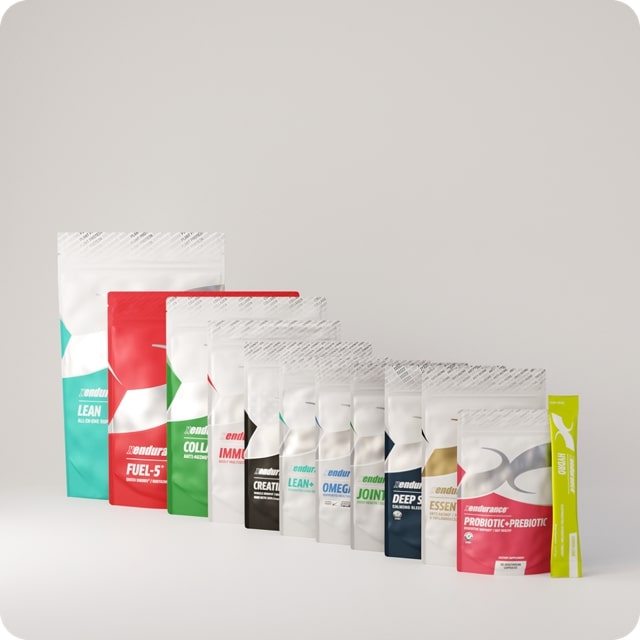
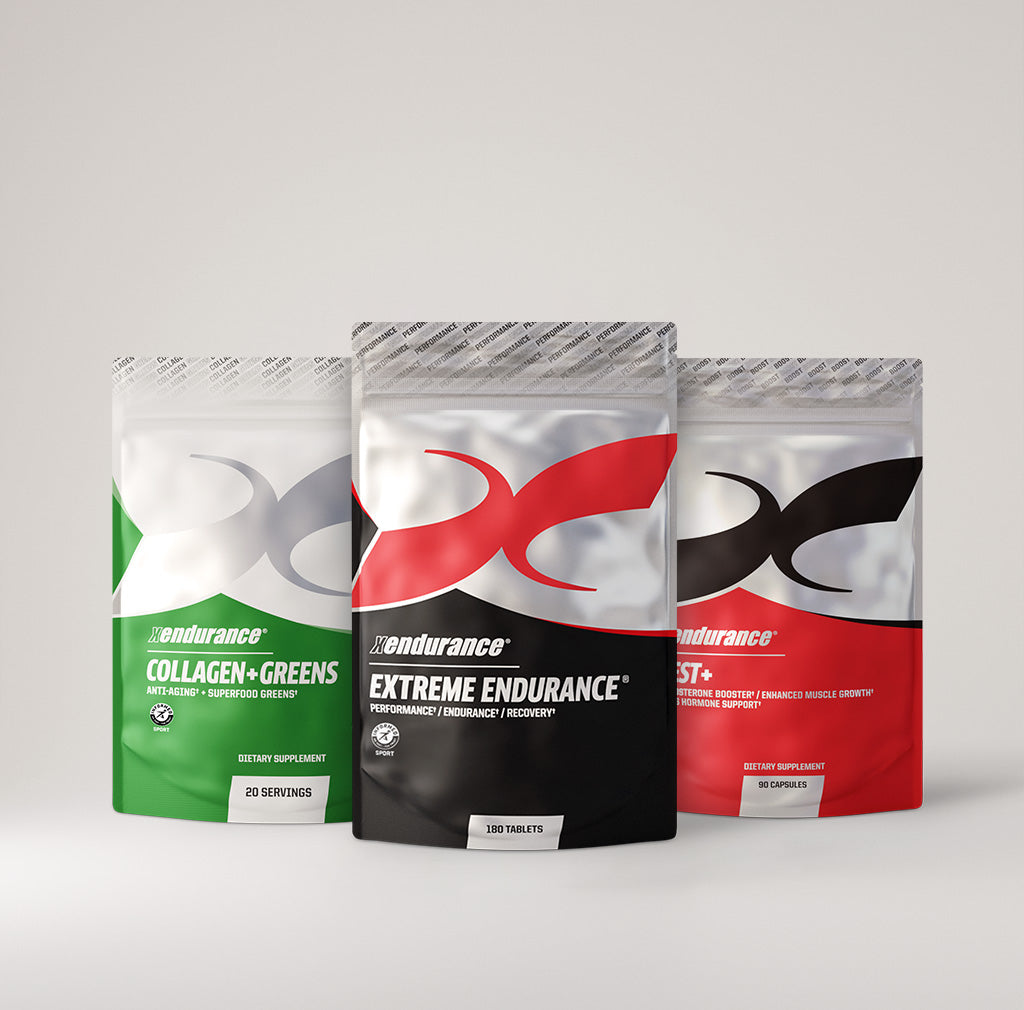
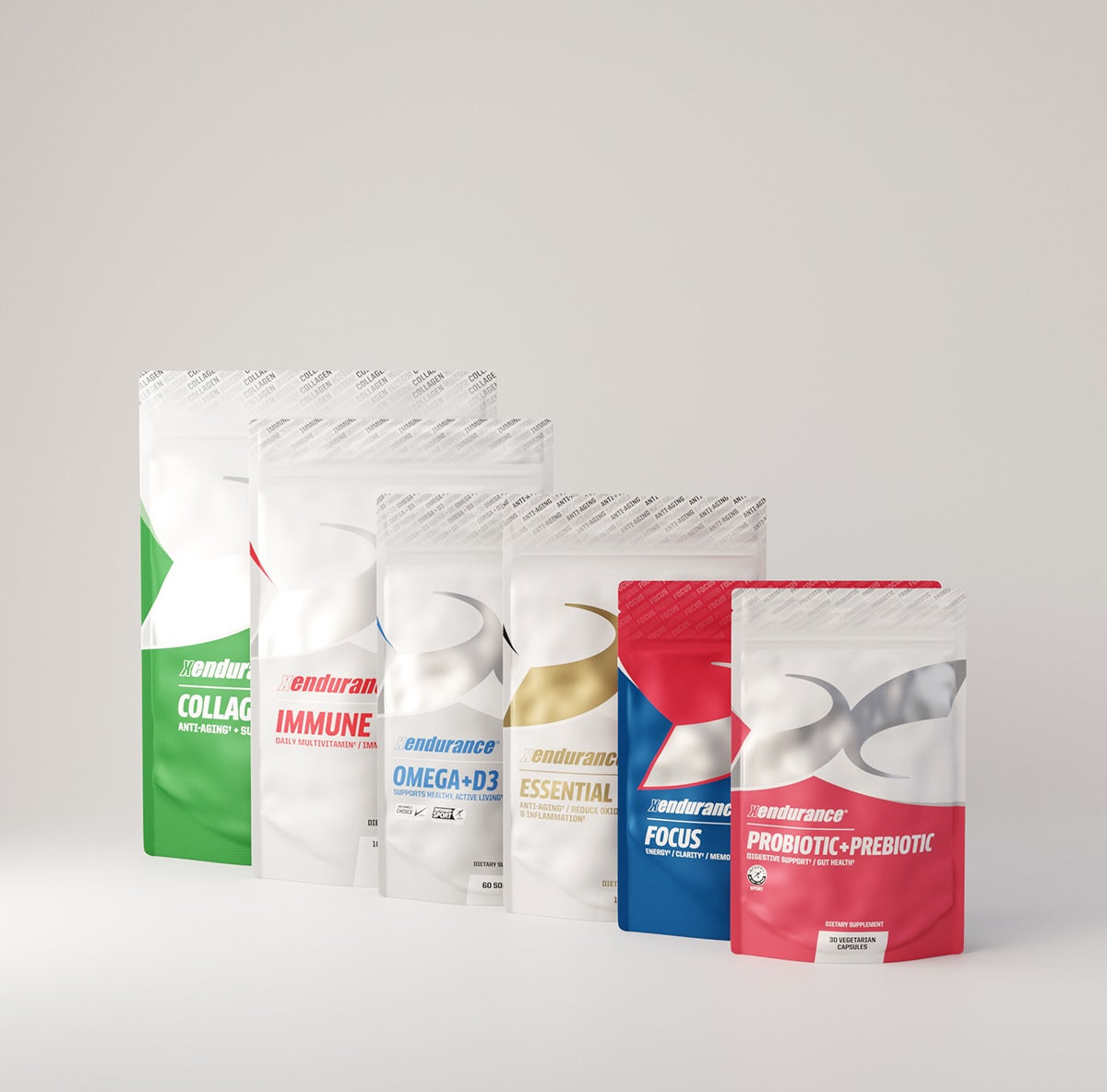
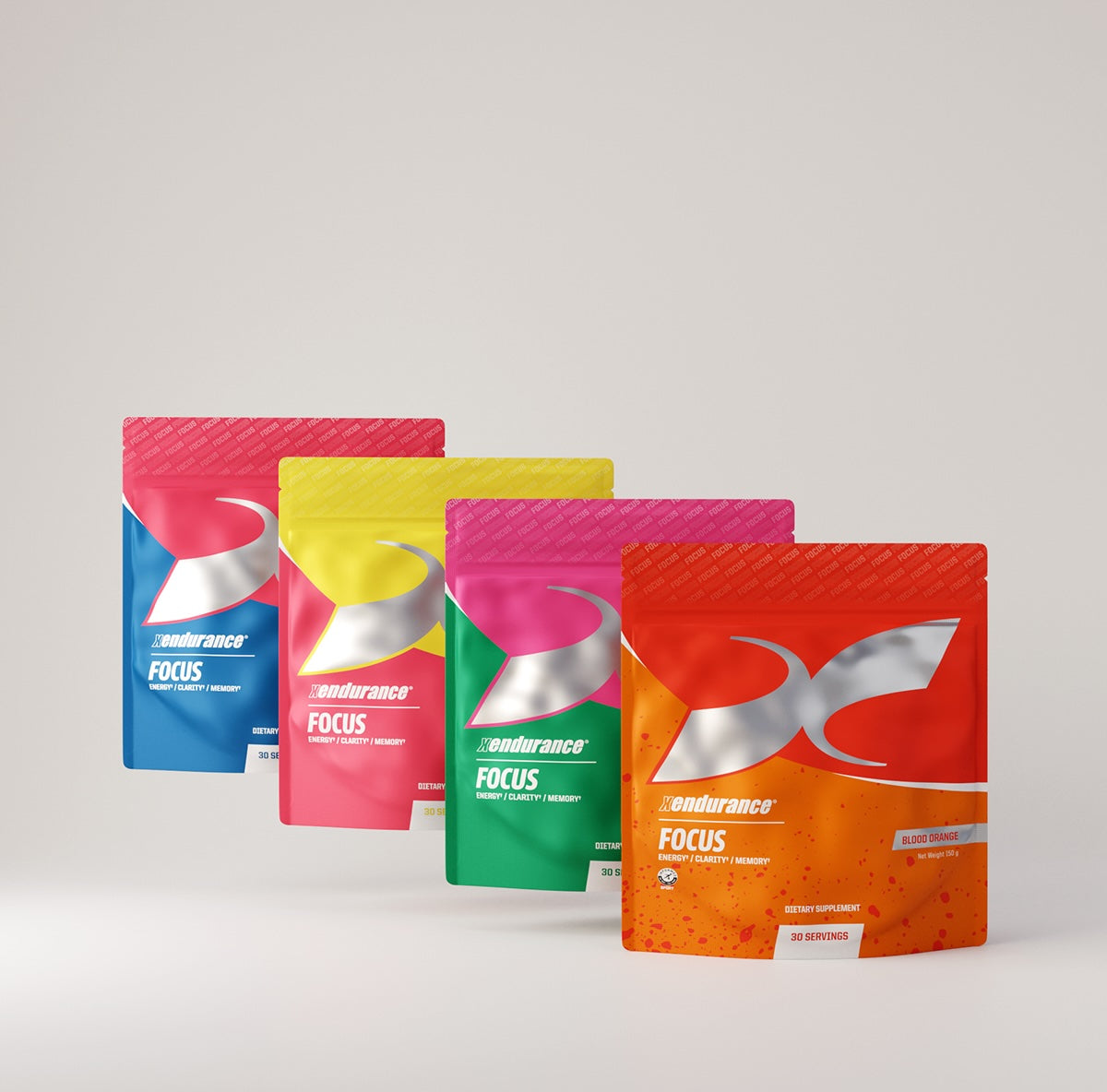
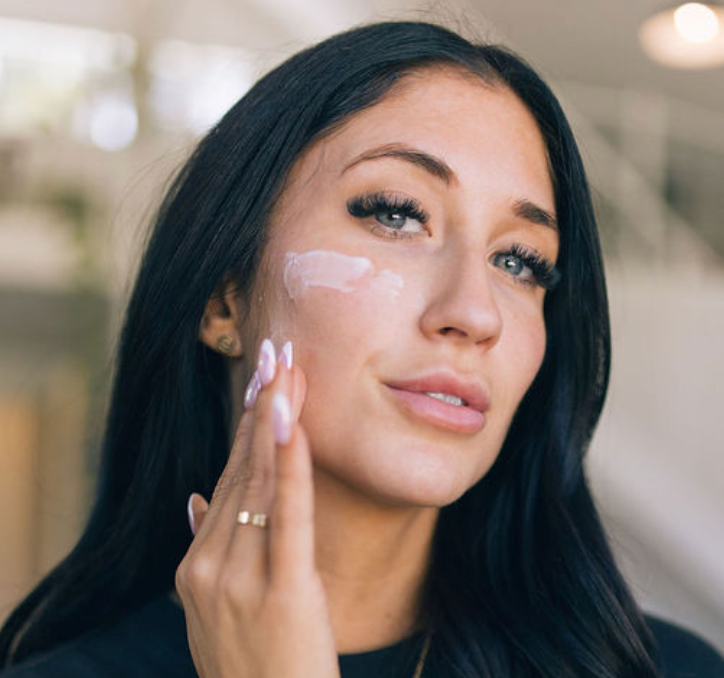
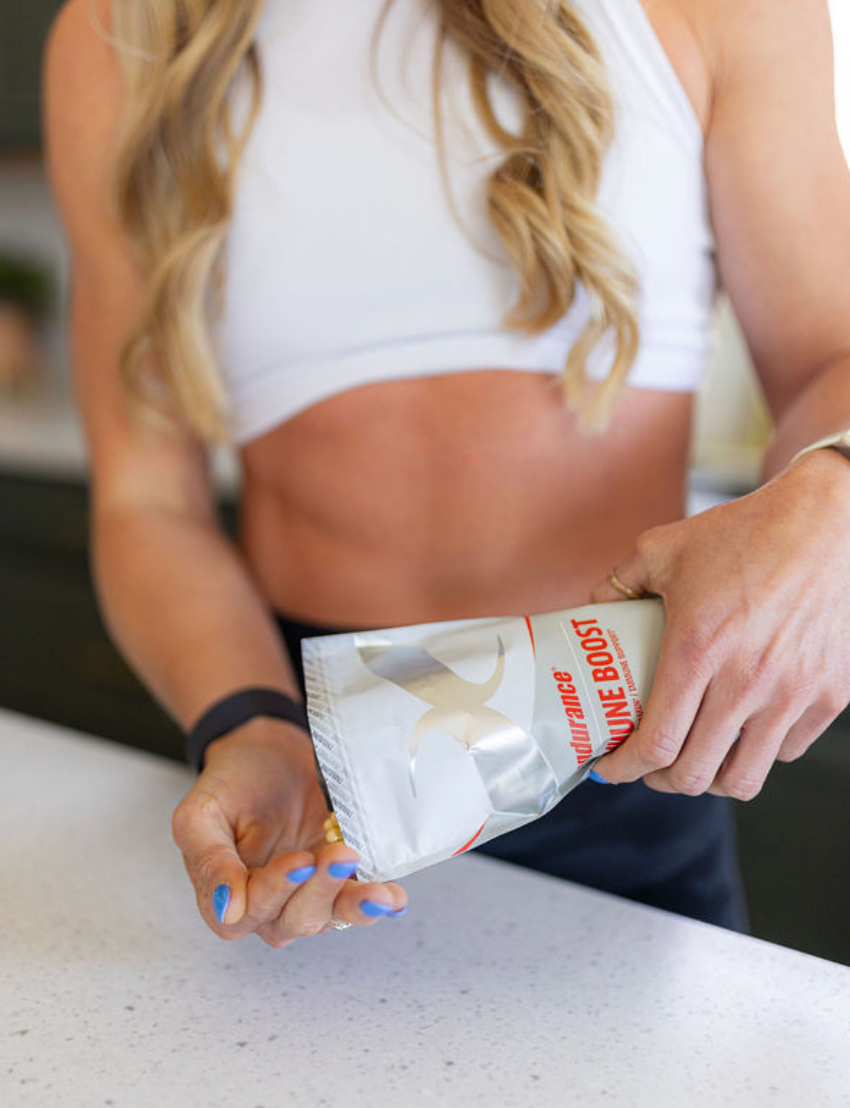
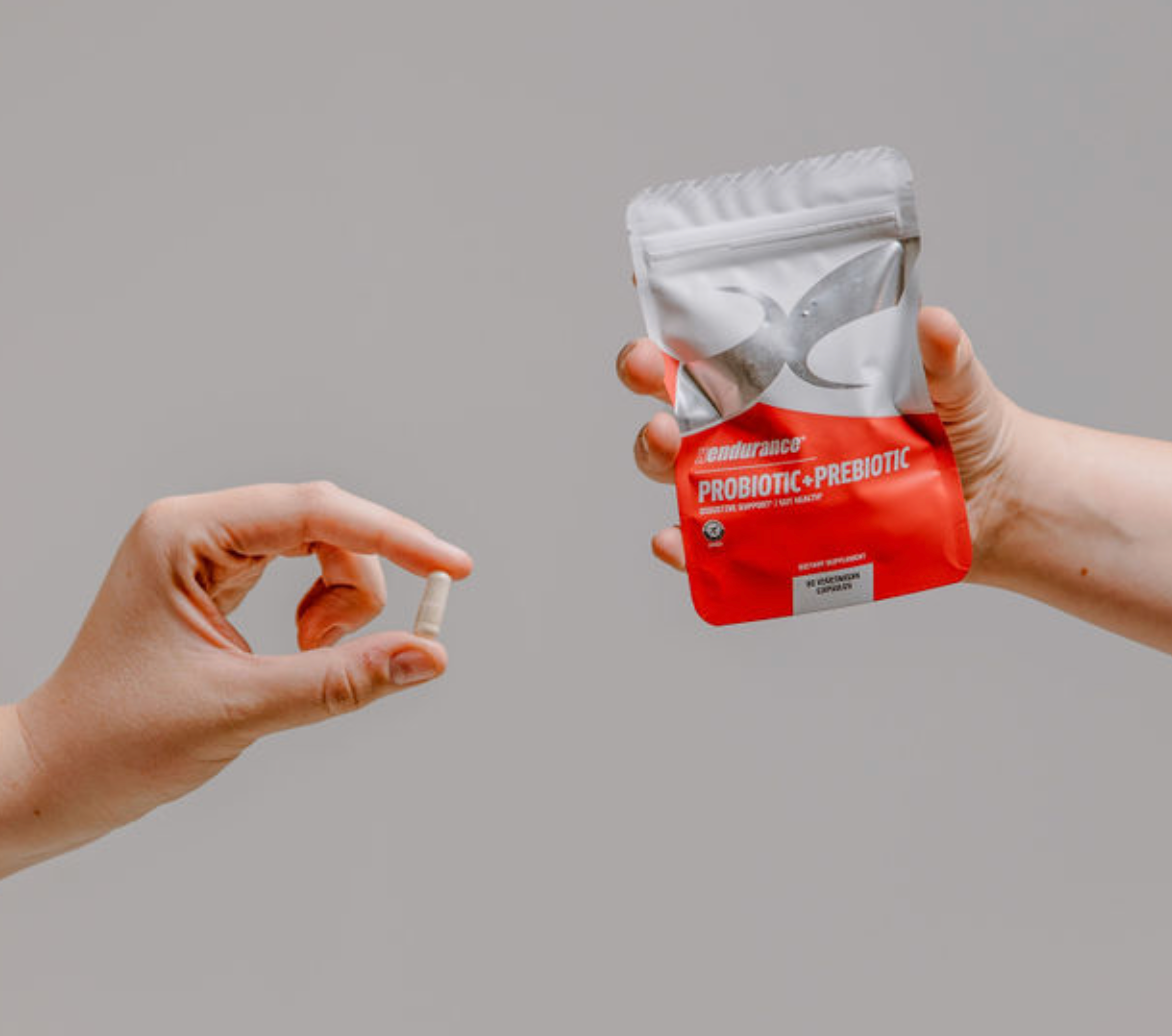
Leave a comment
This site is protected by hCaptcha and the hCaptcha Privacy Policy and Terms of Service apply.